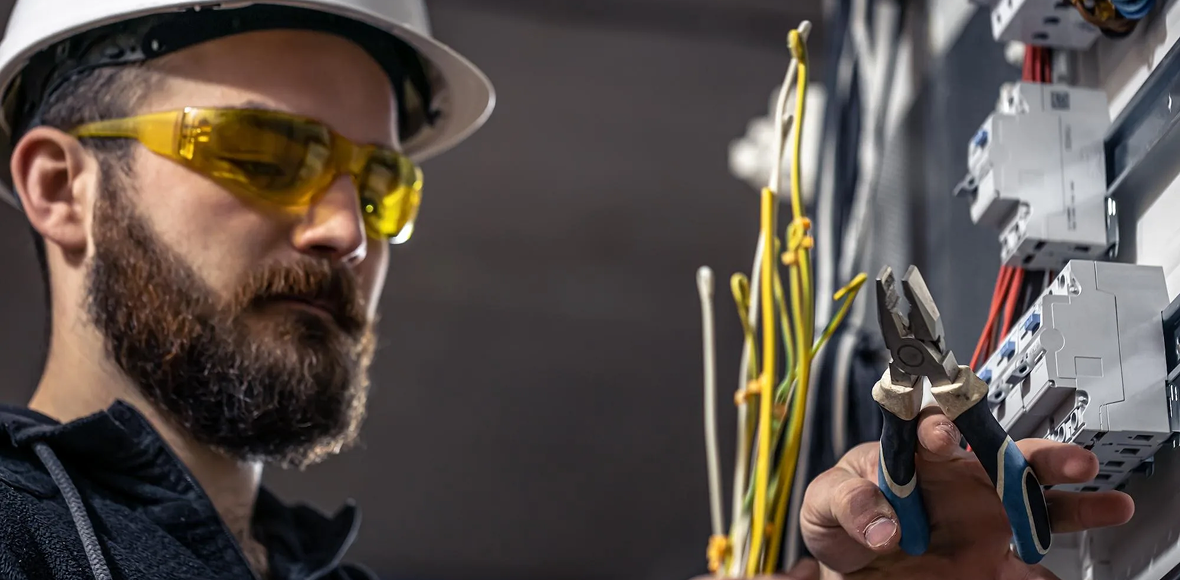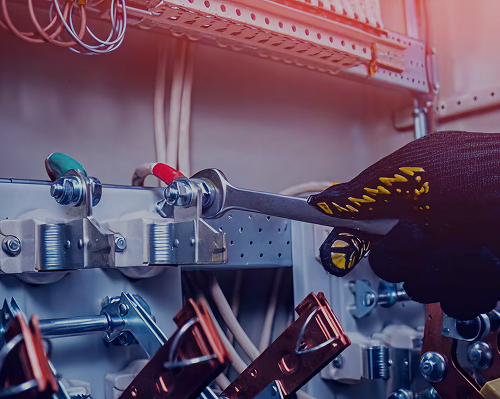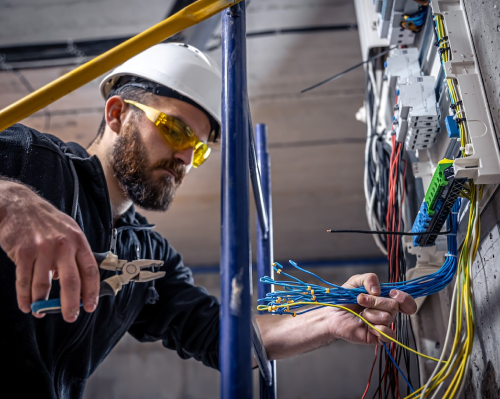Modern living has dramatically increased the demand we place on our home electrical systems. Many houses in New South Wales (and across Australia) were built decades ago and still have original switchboards (the panel that contains fuses or circuit breakers controlling your home’s circuits). If your
switchboard is old or undersized, it may struggle to safely handle today’s electrical loads from air conditioners, multiple appliances, large TVs, computers, and perhaps even solar panel systems or electric vehicle chargers. Upgrading a residential switchboard is an investment in safety and functionality. This article, aimed at homeowners, landlords, and strata/facility managers, explains why a switchboard upgrade is often necessary, what’s involved in the upgrade process, how it ties into the
AS/NZS 3000 wiring rules compliance, and what benefits you can expect from a modernized switchboard.
There are several tell-tale reasons why upgrading a residential switchboard becomes necessary or highly advisable:
1. Aging and Outdated Equipment: If your home still uses an old fuse box with ceramic rewireable fuses or very old circuit breakers, it’s likely not up to current safety standards.
Older houses with ceramic fuses or asbestos-backed switchboards are particularly at risk, as these setups do not meet contemporary safety requirements. Such boards typically lack modern safety switches (RCDs) and can be prone to overheating or electrical faults. The presence of asbestos (used in some old fuse boards as an insulating panel) is an additional health hazard that warrants replacement of the switchboard by professionals equipped to handle asbestos. Simply put, if the core of your electrical system is several decades old, it’s time to upgrade for the safety of the occupants and the property.
2. Insufficient Capacity for Modern Loads: Homes today have many more electrical appliances and devices than in the past. Old switchboards were not designed with
air conditioners, high-end kitchen appliances, or electric vehicle (EV) chargers in mind. Consequently, you might experience
frequent blown fuses or tripping breakers when using multiple appliances. Common signs of an overburdened switchboard include: lights dimming or flickering when a large appliance (like a microwave or vacuum) is turned on, circuit breakers tripping regularly under normal usage, or even a gentle humming/buzzing from the board when load is high .
These symptoms indicate the electrical demand is pushing the limits of what the current board (and its circuits) can handle.
Increased electrical load is one of the top drivers for an upgrade – to ensure safe supply without nuisance trips. As one electrical contractor noted, as households adopt bigger appliances and more gadgets,
switchboards need to adapt to cater for the higher power consumption and to prevent electrocution or fires. Upgrading provides a switchboard with higher capacity busbars and often additional circuits to spread out the load.
3. Lack of Safety Switches (RCDs): Safety switches, or RCDs (Residual Current Devices), are life-saving devices that cut power within milliseconds if an imbalance (fault) is detected – such as when someone accidentally contacts a live wire. Under the current wiring rules,
RCD safety switches are required on all domestic final sub-circuits. In practice, this means every circuit in a modern home (lighting, power points, stove, hot water, air conditioner, etc.) should have RCD protection. However, many older switchboards have either no RCDs or only one or two covering some circuits (for example, often only power outlets, but not the lights or oven). This partial protection is not adequate by today’s standards. Upgrading a switchboard will involve installing RCDs/RCBOs so that every circuit is protected. Bringing the installation up to this level is crucial for preventing electric shocks – for instance, if someone drills into a wall and hits a wire, an RCD will trip almost instantly to prevent electrocution. If your home’s switchboard doesn’t have the required safety switches, that alone is a compelling reason to upgrade. In fact, any significant work on the switchboard now legally requires adding RCDs –
AS/NZS 3000:2018 mandates that when a switchboard is replaced or upgraded, all final sub-circuits supplied must be provided with RCD protection. So, a planned upgrade is the perfect opportunity to ensure full compliance with this safety requirement.
4. Electrical Defect Notices or Renovations: Sometimes an upgrade isn’t just optional – it’s required because of external triggers:
- Defect Notice: In NSW, an electrical inspector or the utility company might issue an Electrical Defect Notice if they find that your connection or switchboard is unsafe (often during meter readings or upgrade of the network connection). For example, outdated fuse boards or improper wiring can prompt such a notice. These notices typically specify that you must have a licensed electrician rectify the issues, often within a certain timeframe. Frequently, the most effective way to clear a defect notice on an old board is to completely upgrade it to a new, compliant switchboard. As one source points out, receiving an electrical defect notice is one scenario that essentially makes a switchboard upgrade a legal requirement in order to comply with safety standards.
- Home Renovations or Additions: If you are extending your home, adding new rooms or circuits (for example, a new air conditioning system, an upgraded kitchen with more appliances, a pool pump, etc.), you may find the existing switchboard has no physical space for additional circuit breakers. Old boards often have limited ways (slots) and might already be full. Moreover, any new wiring work must comply with current standards, which means the new circuits will need RCD protection (which your old board might not support). Therefore, as part of a renovation, electricians frequently recommend (or require) a switchboard upgrade. Not only does this allow for the new circuits to be safely incorporated, it also ensures the entire electrical installation is brought up to code. Essentially, when you make significant modifications or additions to your wiring system, upgrading the switchboard may be necessary to accommodate and protect those changes. For example, installing a rooftop solar PV system usually involves adding solar supply circuits and safety devices to the main switchboard – older boards may not have the capacity or required modern isolation switches, thus an upgrade becomes part of the solar installation project.
5. Planning for the Future (Future-Proofing): Even if you haven’t yet overloaded your electrical system, you might be anticipating future needs – such as buying an electric vehicle (which will need a dedicated high- current charging circuit), adding a home workshop with power tools, or simply wanting the peace of mind of a safer electrical system. Upgrading proactively can “future-proof” your home, avoiding the need for urgent upgrades later when a new need arises. This is especially relevant for facility managers or landlords who want to improve the property value and safety – a new switchboard can be a good selling point, showing that the electrical infrastructure is modern and robust.
In summary,
signs it’s time to upgrade include: an obviously old fuse box, absence of sufficient safety switches, recurring electrical issues under normal loads, getting a defect notice, or upcoming renovations/added circuits. Under Australian wiring rules and standards, new installations or alterations essentially compel older parts to be brought up to scratch (or at least not left in an unsafe state). So if your switchboard is lagging behind in safety, it’s both wise and sometimes mandated to upgrade it.



